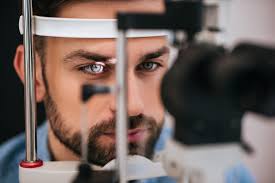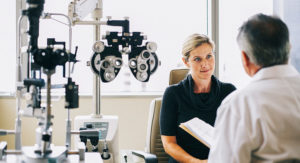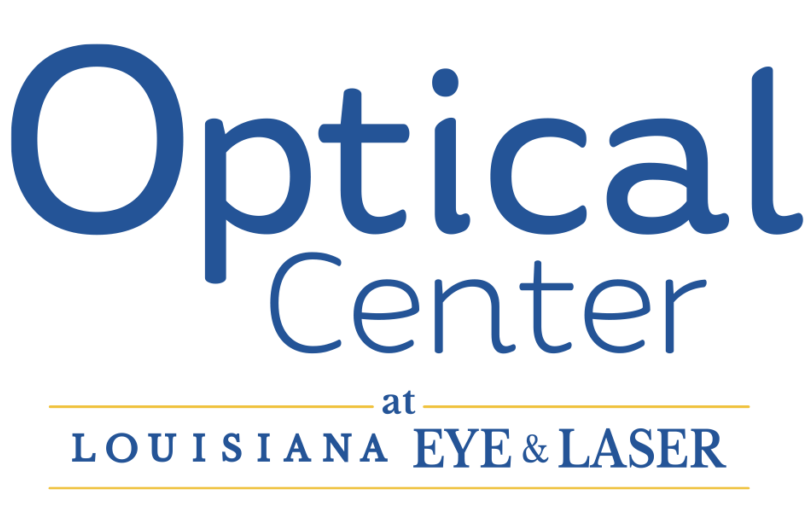
Diabetes can affect many aspects of a person’s health and day-to-day life, including vision. In fact, there are several reasons that individuals with type 1 or type 2 diabetes might experience blurred vision. Causes of blurred vision for diabetics range from temporary and easily reversible conditions to a very serious disease known as diabetic retinopathy. For diabetics, annual eye exams are essential for maintaining clear and healthy vision. Continue reading below for more information on how diabetes can cause blurred vision.
High Blood Sugar Levels
Blurry vision in diabetics can be caused by something as simple as high blood sugar levels. When blood sugar levels get too high, it can potentially cause the lens to swell. The lens is an essential part of vision, helping to focus light rays on their way to the retina. When the lens swells and changes shape, vision can become distorted and blurry as the lens is no longer able to do its job.
Sometimes this problem is chronic, while others may only experience this issue after meals – especially meals high in carbs. The issue can normally be resolved by avoiding such meals. Depending on the individual, it may take anywhere from a few days to a few months for vision to completely return to normal.

Low Blood Sugar Levels
Conversely, low blood sugar, also known as hypoglycemia, can cause blurred vision as well. However, hypoglycemia does not cause a change in the lens. Instead, it affects the way the brain perceives images. Fortunately, restoring blood sugar levels can quickly correct blurred vision due to hypoglycemia.
Diabetic Retinopathy
Blurry vision can also be the result of a much more serious condition called diabetic retinopathy. Diabetic retinopathy, also known as diabetic eye disease, is the most common eye disease among diabetics. In fact, diabetic eye disease affects nearly half of all diabetics, including those with both type 1 and type 2 diabetes. It occurs when high blood sugar levels damage blood vessels in the retina.
Diabetic eye disease begins with what is known as non proliferative diabetic retinopathy (NPDR) and then progresses to an advanced stage known as proliferative diabetic retinopathy (PDR). Typically, patients will not experience symptoms until the later stages of the disease. Because there are often no symptoms in the early stages, it is vital that all diabetics routinely have a dilated eye exam to check for diabetic retinopathy. Vision loss from diabetic retinopathy may not be reversible. While there is currently no cure for diabetic retinopathy, it can be managed.

Visit Louisiana Eye & Laser
At Louisiana Eye & Laser, we have helped countless patients with diabetes get the clear, healthy vision they deserve. If you have type 1 or type 2 diabetes and are experiencing blurry vision, our highly-trained and professional staff are here to help. Additionally, all diabetics should receive a yearly dilated eye exam to check for diabetic retinopathy, regardless of whether or not they have symptoms. Simply call, go online or stop by one of our offices to schedule an eye exam today!




